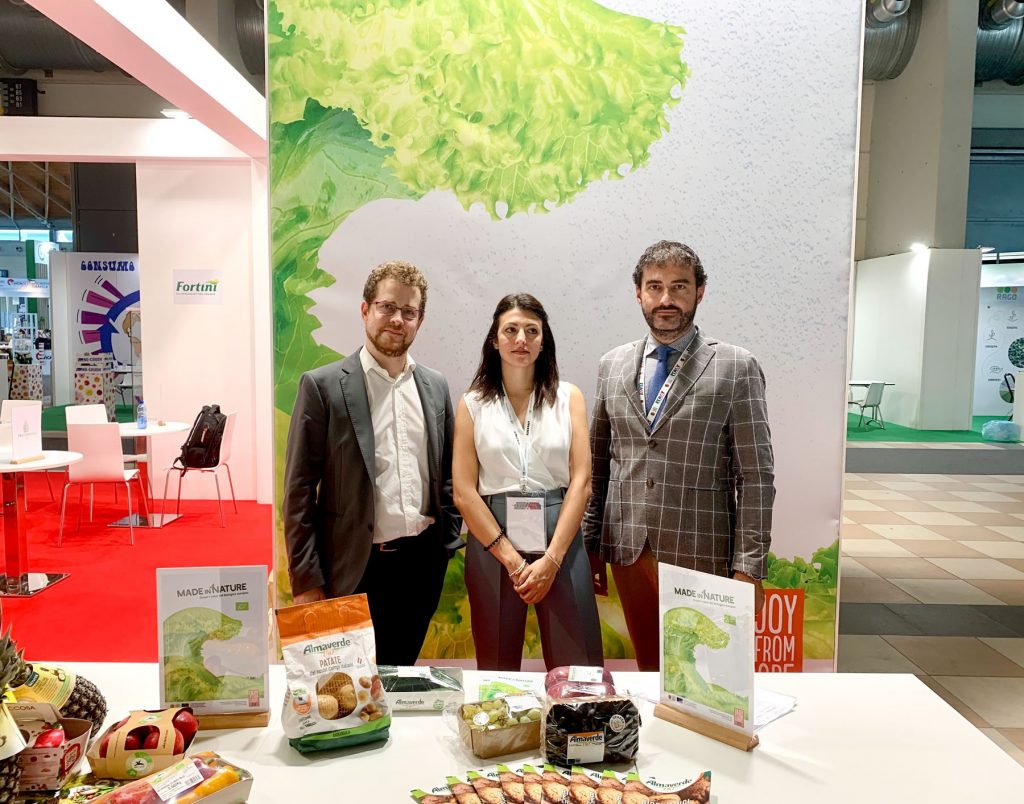Biobest launches a cool green box for clean crops!
Geert Geboers started his job at Biobest as Process Improvement Specialist Packing & Packaging two years ago. At that time, Belgium was in full lockdown and most people were teleworking. Being new at the job, homeworking was not yet an option for Geert, so he decided to participate in production. ‘A fortunate advantage’, he calls it. He got to know the ins and outs of the whole process. ‘I’m responsible for Packing & Packaging and there isn’t a thing that I haven’t had in my hands or laid my eyes on.’
A quest for alternatives to EPS
‘After two weeks in, I arrived at dispatch. There I noticed that we use a lot of insulation material. Since our product mainly consists of living insects, maintaining a steady temperature during handling and transportation is vital.
At Biobest we have a big heart for sustainability, and we continuously strive to improve. We’re aware of the downsides of the current material but can’t and won’t compromise on quality. Our current insulation is not only excellent insulation material; it’s also impact resistant. Those two qualities are fundamental requirements to us. Unfortunately, it remains on our planet for a dazzling 6500 years.
Our Purchasing Office, Logistics Department and Quality Department had already been looking for alternatives for quite some time but up to 3 years ago, choices had been limited. They scoured the market, made orders and ran tests. But all the substitute materials failed those tests, either on temperature or shockproof qualifications, or because they contained a volatile substance that killed our insects after all.
Mono-material and 100% recyclable
These last few years the packaging market has changed under the impulse of recipe boxes. Boxes suited for food aren’t necessarily useable for insects, but the range and availabilities have certainly been expanded. For Biobest, everything changed once we had developed a testing protocol. It made testing so much more efficient. After that it was just a matter of having alternatives tested by a Master Student.
You can tell the difference with this box at first glance’, Geert says. ‘Cellulose fibres are pressed into a protective cardboard sleeve attached to the insides of the box. The sleeve prevents the insulation from being compressed, which would mean loss of insulating capacity. The entire box is 100% paper based. Using this mono-material means the insulation box is fully sustainable. There was no other way for us. A cardboard box with an aluminium bag and bubble wrap was never on the table because it’s not recyclable. We wanted the new box to meet our standards in terms of shock-absorbance and insulation and to be 100% recyclable.
Future ambitions: eliminate plastic
The main advantage of the new cardboard box is that it’s foldable and can simply be taken with the normal paper collection. It hardly takes up space and there’s no more disposal charge. And so, the days of warehouses filled with stacked boxes are history. For Biobest as well as our customers.
Geert: « Recently, we’ve switched 2 of our main products – Orius-System and Macrolophus-System – to a cardboard and PLA combination that is completely compostable. We also launched our newest aphid control agent Micromus-System in this 100% biodegradable carton. We want to use as much sustainable materials as possible; my ultimate goal is to convert our entire product range to reusable, recyclable and biodegradable packaging. »
The transport box will be commercially available in our small size box as from April 11th, the bigger size will follow later this year.





